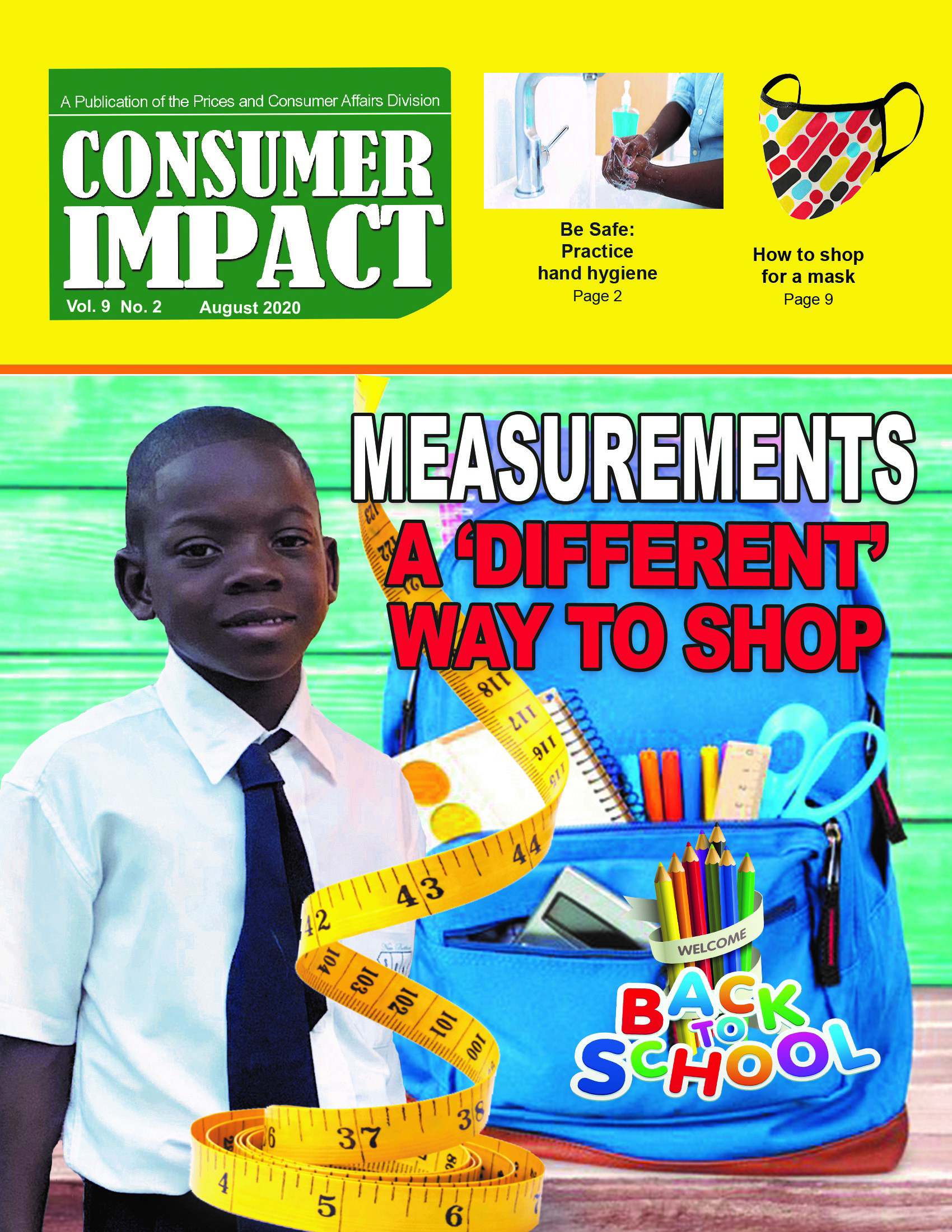By Theresa Goodwin
theresa.goodwin@antiguaobserver.com
The annual back to school shopping season, second only to Christmas in terms of consumer spending, has been thrown into uncertainty as parents and retailers do their best to plan for school in the weeks ahead.
The Prices and Consumer Affairs Division says the primary concern for local traders is sales, which have plummeted due to the Covid-19 pandemic, and the failure by some consumers to comply with shops’ health and safety protocols.
Parents and guardians, on the other hand, are concerned about the safety of their children and whether or not their youngsters should accompany them on these shopping trips, especially in cases where they will be required to try on uniforms or other articles of clothing for size.
The division has provided a slew of recommendations for traders and consumers alike on how they can navigate this period in the latest edition of its back to school newsletter, entitled ‘Measurements; a different way to shop’.
“As opposed to taking your child/children in stores to shop, we are saying that you can measure them. The goods that we find consumers purchase the most — that will cause them to take that child in stores — are uniforms and school shoes, and your child can be measured for both,” spokeswoman Jo-Ann Peters told Observer.
“Even as we do back to school shopping, the Sale of Goods Act still stands. If you make an incorrect purchase you are not entitled to redress if the error is on the part of the consumer. So, if you are fearful about taking your child in store, then you have the option of doing the measurement,” Peters explained.
The newsletter provides a step by step guide for parents wishing to measure their children at home. It outlines how to measure the child’s height, chest, waist, inside leg, hips and neck.
As it relates to measuring the child’s feet, the department is encouraging parents to use a piece of paper, pencil and measuring tape or ruler.
They should secure the paper on the ground with tape to prevent it from slipping, placing the child’s bare foot on the paper, drawing around the feet, making a line behind the heel or slightly in front of the tip of their biggest toe.
They are also advised to measure between the lines made or use a pattern to determine the best size conversion.
The document also includes tips for washing food, recipes for healthy food and snacks, guidelines for purchasing lunch bags or lunch boxes, face masks and disposal of masks, shopping for a school bag and other items, guidelines for purchasing hand sanitisers and other personal hygiene products, as well as tips for boosting the immune system.
The government department also highlights in the document the importance of getting a receipt for all purchases in the event customers need to return an item.
The division said it is a legal requirement for receipts to be issued for purchases valued at $5 or more and, if it is not given, the consumer has the right to demand it.
As it relates to the purchasing of school uniforms, Peters advised parents to wash each item with soap and water before they are used.
“Again, parents and guardians, bear in mind that after that initial wash and your child wears the uniform, after every wear it needs to be washed. We need to do all we can to keep consumers safe. We recommend five uniforms per child where possible or ensuring that the uniform is washed before the child is allowed to wear it again,” Peters said.
The complete guide can be found on the Prices and Consumer Affairs Division’s Instagram and Facebook pages. It can also be collected from the department’s office in St John’s.

